Yoga Blog
Exploring Yoga’s Significant Role in Modern Fitness Regimes
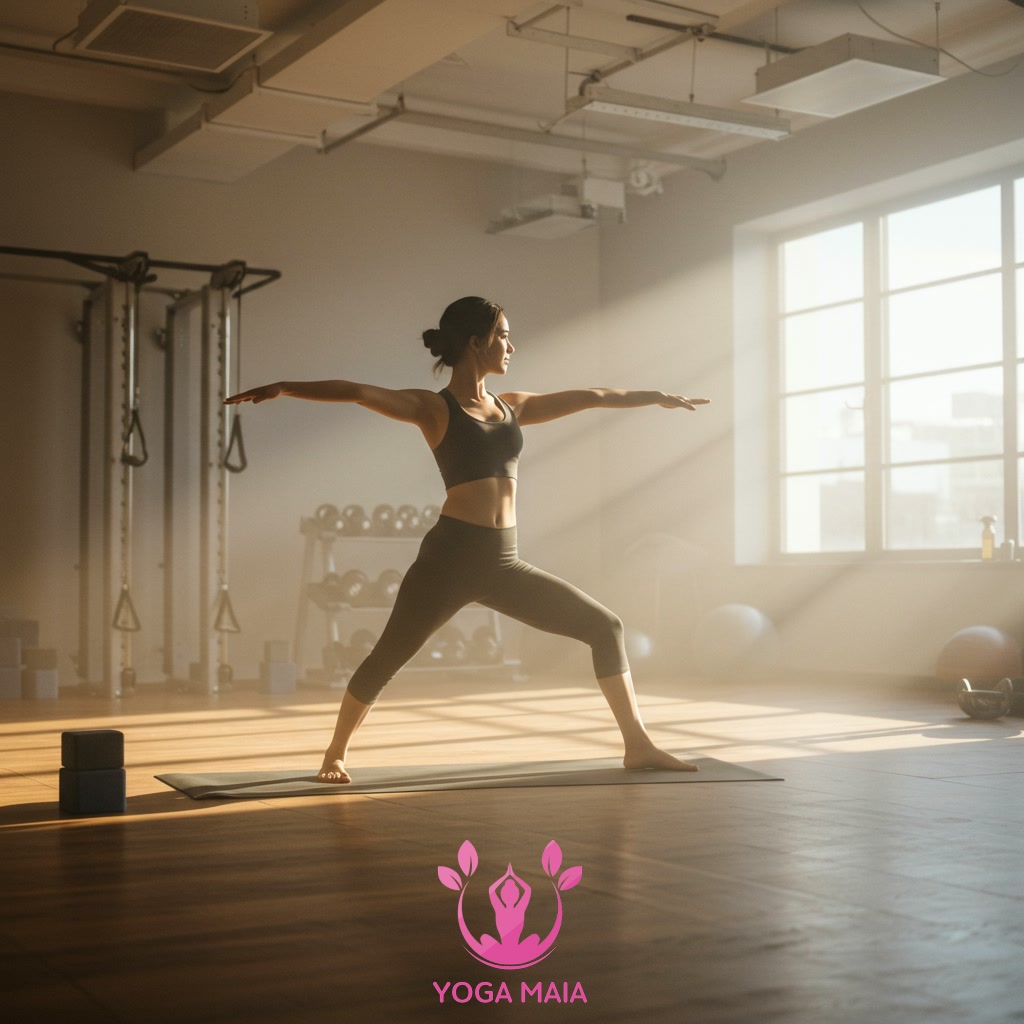
This content explores the increasing integration of yoga into contemporary fitness plans. It delves into the multifaceted benefits yoga offers, ranging from physical flexibility and strength to mental well-being. The analysis highlights how yoga complements traditional workouts and addresses holistic health needs. Ultimately, it examines yoga’s significant position as a vital component in achieving comprehensive fitness goals today.
Table of Contents
- Section 1: Introduction: Yoga’s Growing Presence in Modern Fitness
- Section 2: Physical Benefits: Building Strength, Flexibility, and Balance
- Section 3: Mental and Emotional Well-being: Supporting Consistent Fitness
- Section 4: Yoga as a Complement: Integrating Practices with Other Regimes
- Section 5: Exploring Diverse Yoga Styles for Different Fitness Goals
- Section 6: Conclusion: Yoga’s Indispensable Role in Holistic Fitness
Section 1: Introduction: Yoga’s Growing Presence in Modern Fitness
Yoga, traditionally viewed through a spiritual lens, has undergone a remarkable transformation, emerging as a cornerstone of modern fitness regimes. Its increasing presence is undeniable, moving from specialized studios into mainstream gyms, corporate wellness programs, and personal training plans. This shift reflects a growing understanding that comprehensive fitness extends beyond cardiovascular health and strength training to encompass flexibility, balance, mindfulness, and stress reduction. The integration of yoga offers a unique blend of physical challenge and mental calm, appealing to a broad spectrum of individuals seeking holistic well-being. As contemporary lifestyles demand more adaptable and less rigid approaches to health, yoga’s versatility and accessibility make it an ideal complement, or even foundation, for achieving diverse fitness goals in today’s world.
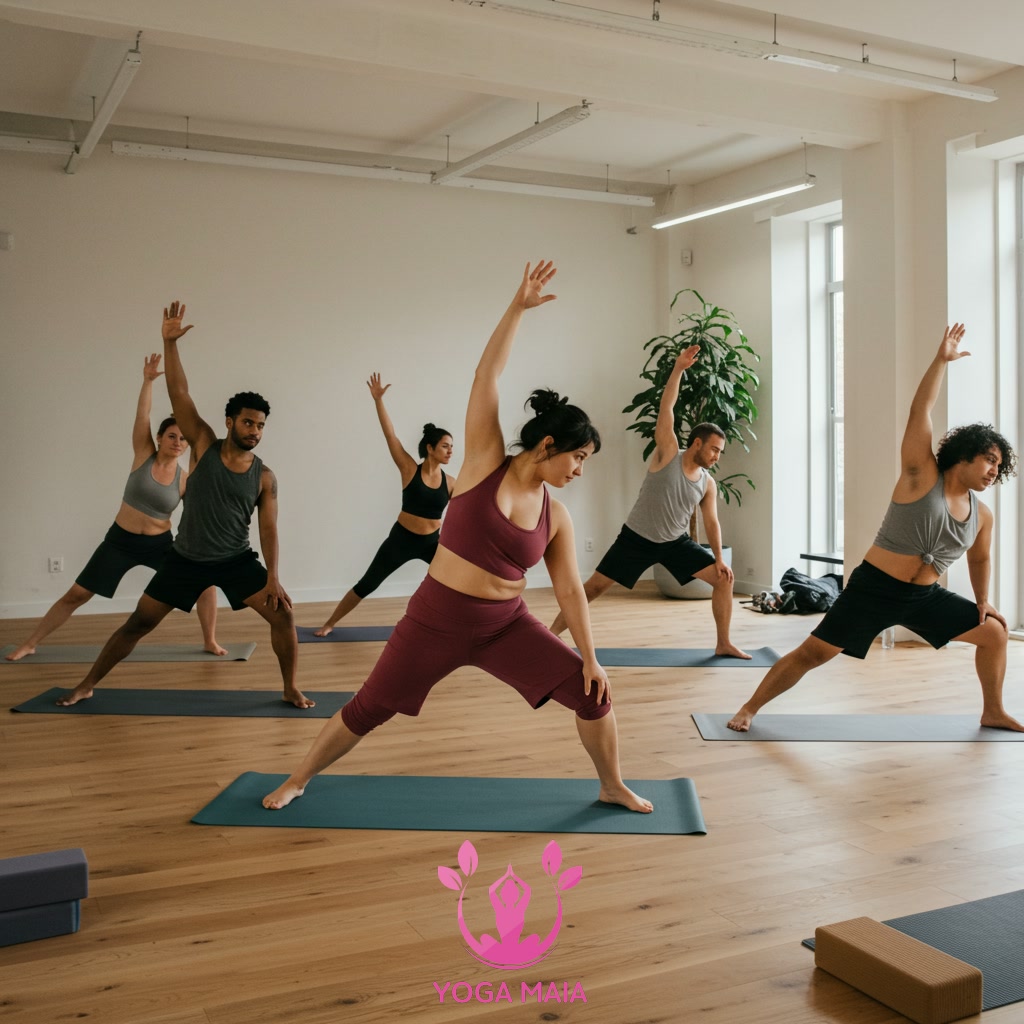 Introduction: Yoga’s Growing Presence in Modern Fitness
Introduction: Yoga’s Growing Presence in Modern Fitness
Section 2: Physical Benefits: Building Strength, Flexibility, and Balance
Following its integration into mainstream fitness, yoga significantly contributes to physical conditioning by directly addressing core components like strength, flexibility, and balance. Unlike traditional weightlifting, yoga builds functional strength through bodyweight resistance, holding poses that engage multiple muscle groups simultaneously. This practice also inherently enhances flexibility by guiding practitioners through a range of motion, stretching muscles and connective tissues, which can improve posture and reduce injury risk. Furthermore, many yoga postures demand focus and stability, cultivating a strong sense of balance, essential for athletic performance and everyday mobility. Collectively, these physical benefits make yoga a powerful tool for improving overall bodily control and resilience.
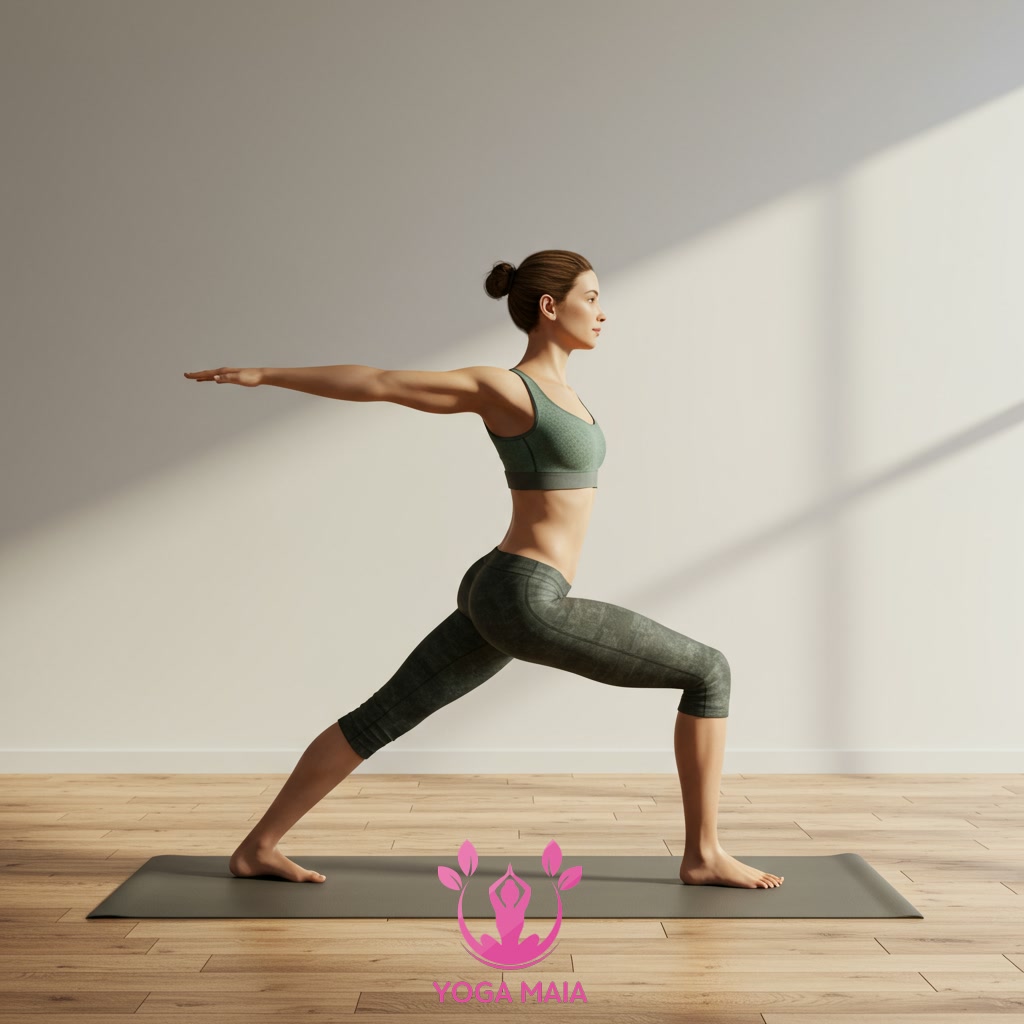 Physical Benefits: Building Strength, Flexibility, and Balance
Physical Benefits: Building Strength, Flexibility, and Balance
Section 3: Mental and Emotional Well-being: Supporting Consistent Fitness
Beyond its physical benefits, yoga plays a crucial role in cultivating mental and emotional resilience, which is fundamental for maintaining consistent fitness habits. Practices like mindful movement and focused breathwork directly address stress, anxiety, and mental clutter, fostering a state of calm and clarity. This improved mental state enhances self-awareness, allowing individuals to better understand their physical and emotional needs, preventing burnout, and increasing intrinsic motivation. By reducing mental barriers and fostering a positive relationship with the body and the process of exercise, yoga empowers individuals to approach their fitness journey with greater discipline, patience, and enjoyment, making adherence to a routine more sustainable and effective over time.
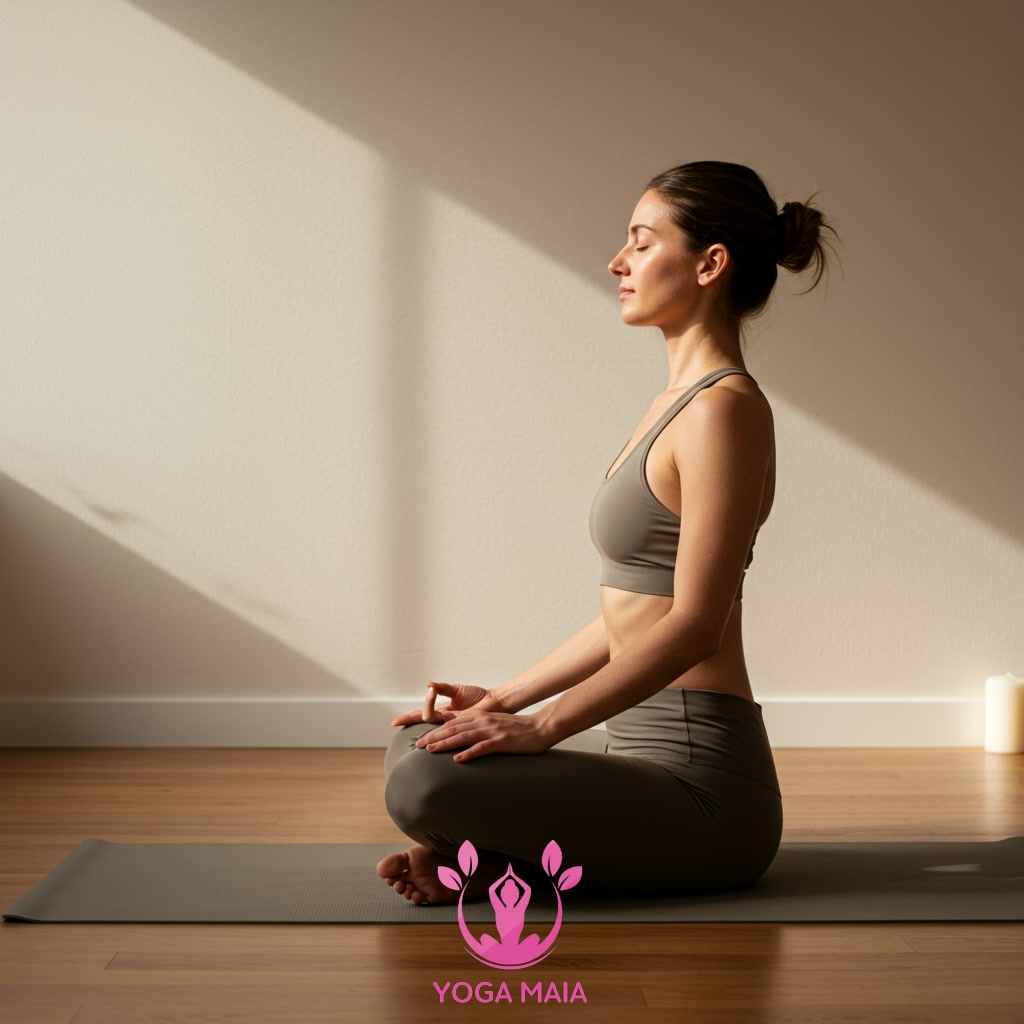 Mental and Emotional Well-being: Supporting Consistent Fitness
Mental and Emotional Well-being: Supporting Consistent Fitness
Section 4: Yoga as a Complement: Integrating Practices with Other Regimes
Building on yoga’s capacity to enhance mental fortitude and mindful physical awareness, its true power in modern fitness often lies in its ability to complement and augment other exercise modalities. Rather than being a standalone practice, yoga integrates seamlessly with activities like weightlifting, running, cycling, or team sports. For instance, the increased flexibility and mobility gained through yoga can improve form and reduce injury risk during strength training. Similarly, yoga’s focus on breathwork and recovery postures aids muscle repair and reduces soreness after intense cardio sessions. Incorporating yoga helps balance the body, addressing tightness or imbalances that might arise from repetitive movements in other sports. This holistic approach, where yoga supports and enhances diverse physical efforts, makes it an invaluable component in achieving well-rounded fitness and long-term physical resilience.
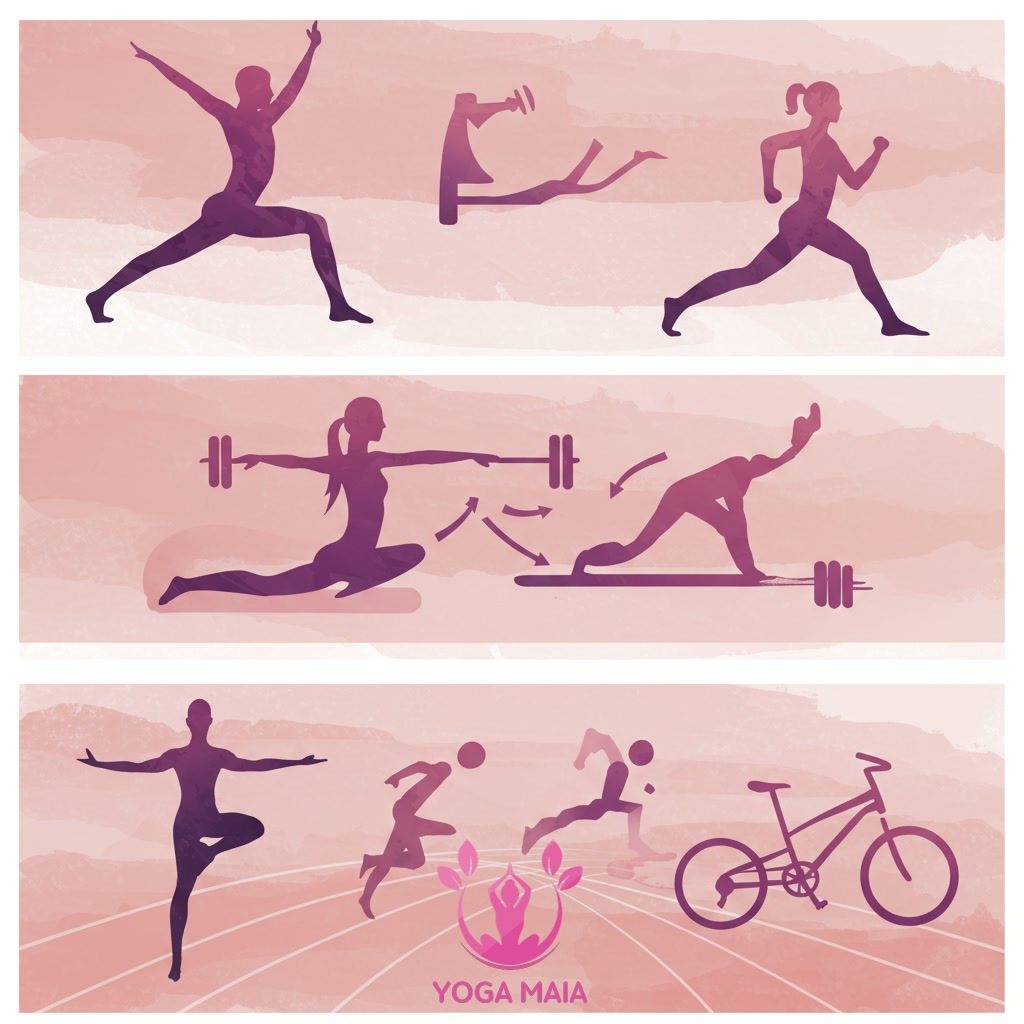 Yoga as a Complement: Integrating Practices with Other Regimes
Yoga as a Complement: Integrating Practices with Other Regimes
Section 5: Exploring Diverse Yoga Styles for Different Fitness Goals
Building on yoga’s capacity to enhance mental fortitude and mindful physical awareness, its true power in modern fitness often lies in its ability to complement and augment other exercise modalities. This is largely facilitated by the sheer diversity within yoga itself. Far from being a single, monolithic practice, yoga encompasses numerous styles, each offering distinct benefits and catering to different fitness aspirations. For example, dynamic styles like Vinyasa or Ashtanga build cardiovascular endurance and strength through continuous movement and challenging poses. In contrast, Hatha or Iyengar yoga focuses on holding poses longer, emphasizing alignment, flexibility, and foundational strength. Restorative or Yin yoga provides deep relaxation, targets connective tissues, and aids recovery, making it ideal for balancing intense workouts or managing stress. Understanding these varied approaches allows individuals to select or combine styles that precisely align with their personal fitness goals, whether that’s increasing power, improving flexibility, enhancing recovery, or cultivating calm.
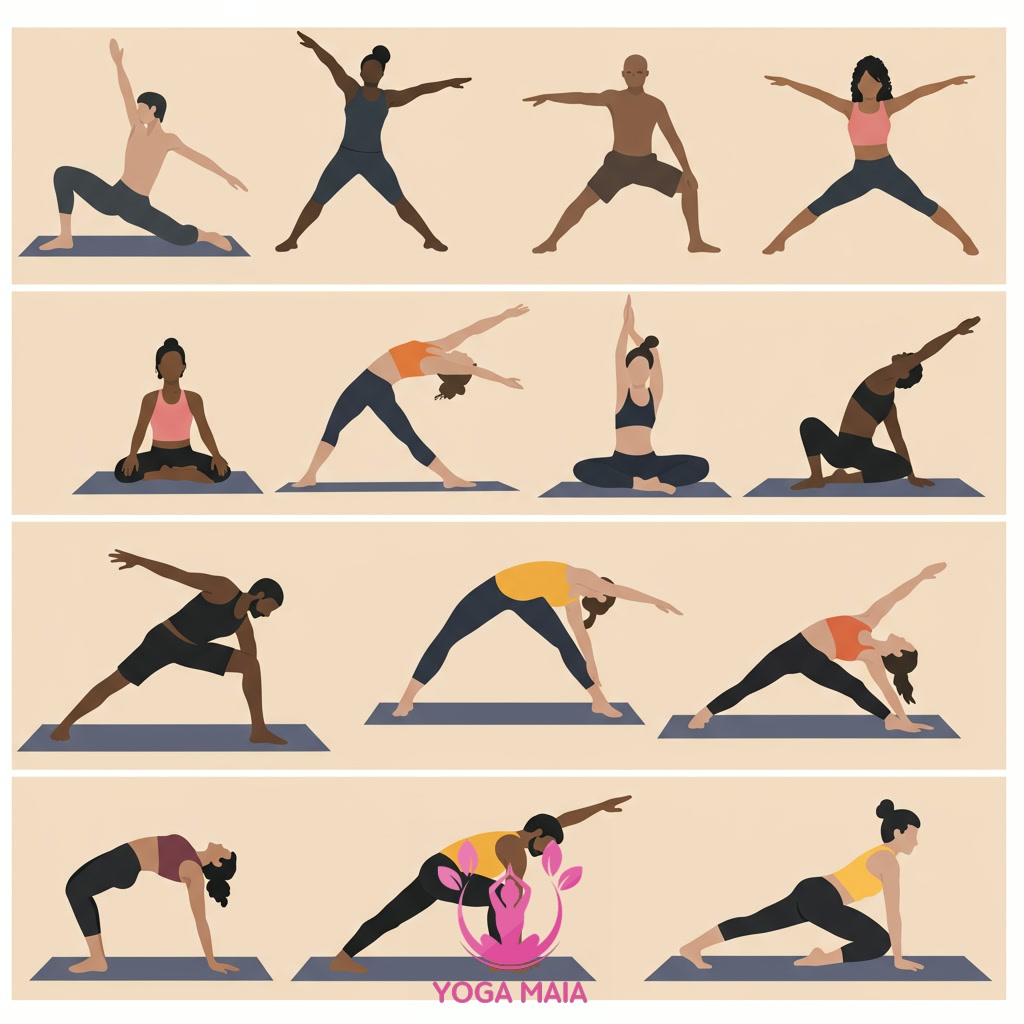 Exploring Diverse Yoga Styles for Different Fitness Goals
Exploring Diverse Yoga Styles for Different Fitness Goals
Section 6: Conclusion: Yoga’s Indispensable Role in Holistic Fitness
In conclusion, the exploration of yoga’s role in modern fitness reveals its transformation from a niche practice to an indispensable component of holistic well-being. Building upon its proven capacity to enhance physical flexibility, strength, and balance, yoga uniquely integrates mental fortitude and mindful awareness into the fitness equation. Its true value lies not merely in complementing other exercise modalities but in providing a foundational element that addresses the interconnectedness of body and mind. By fostering resilience, reducing stress, and promoting a deeper connection to one’s physical self, yoga ensures that fitness goals extend beyond mere aesthetics or performance metrics, culminating in a comprehensive approach to health that is truly sustainable and enriching in today’s fast-paced world.
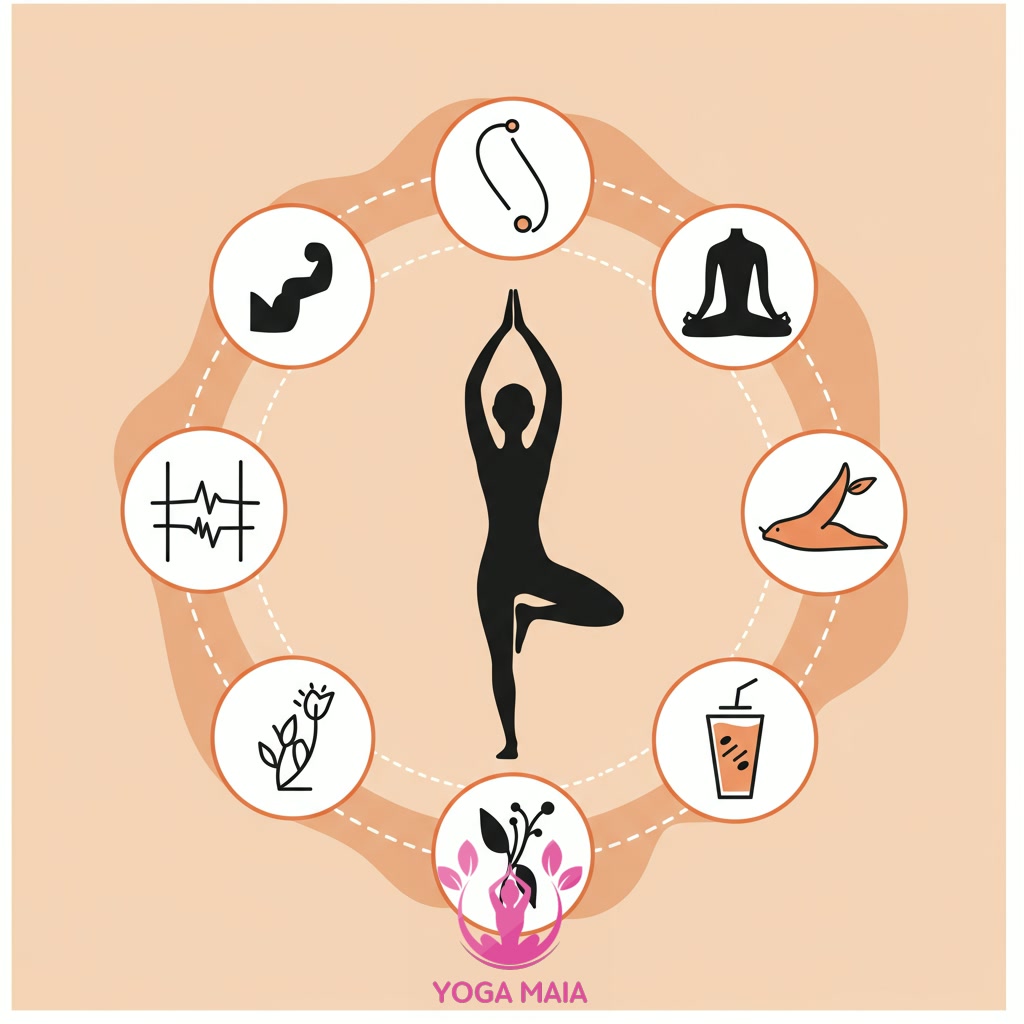 Conclusion: Yoga’s Indispensable Role in Holistic Fitness
Conclusion: Yoga’s Indispensable Role in Holistic Fitness












